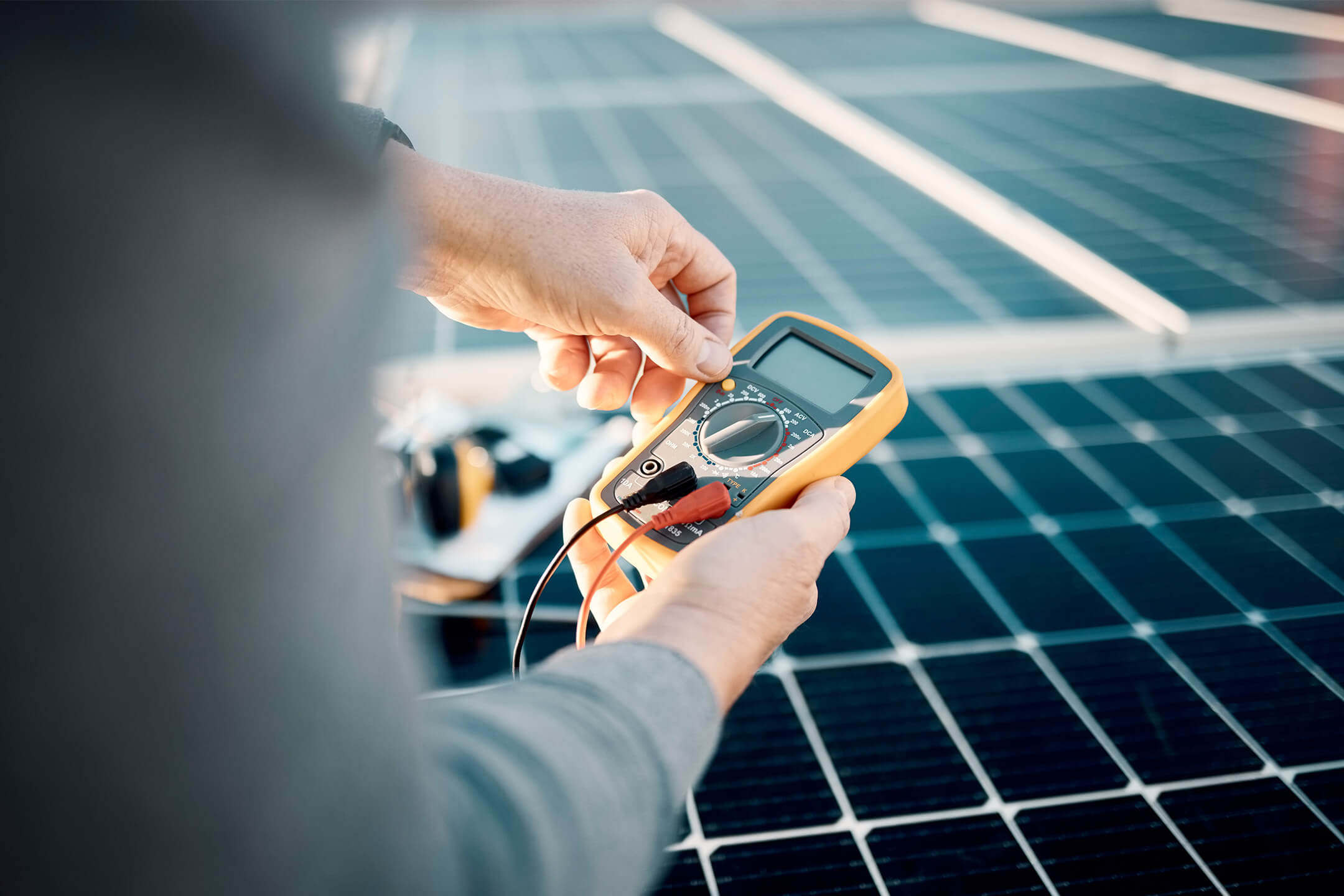The necessity of invention
When the EU set its ambitious goal to draw at least 42.5% of its energy from renewable sources by 2030, it was clear that innovation would play a critical role. Across Europe, private companies and public institutions alike have been pushing boundaries to meet this challenge head-on. Among the most compelling efforts is HEAT-INSYDE, an EU-funded consortium redefining how we store energy.
“This is about more than just reaching a number,” says Henry van der Meer, Product Manager Specialties, who has been involved with the project since its inception in 2020. “It’s about changing how we think about energy in everyday life: how we capture it, store it, and use it when we need it most.”
Born from a collaboration between 11 academic and commercial partners, and initiated by the Eindhoven University of Technology, The Netherlands Organization for Scientific Research, and the Caldic Benelux team, the HEAT-INSYDE project focuses on solving one of renewable energy’s biggest challenges: inconsistency between supply and demand. This requires a storage solution that is sustainable, efficient, and durable.


